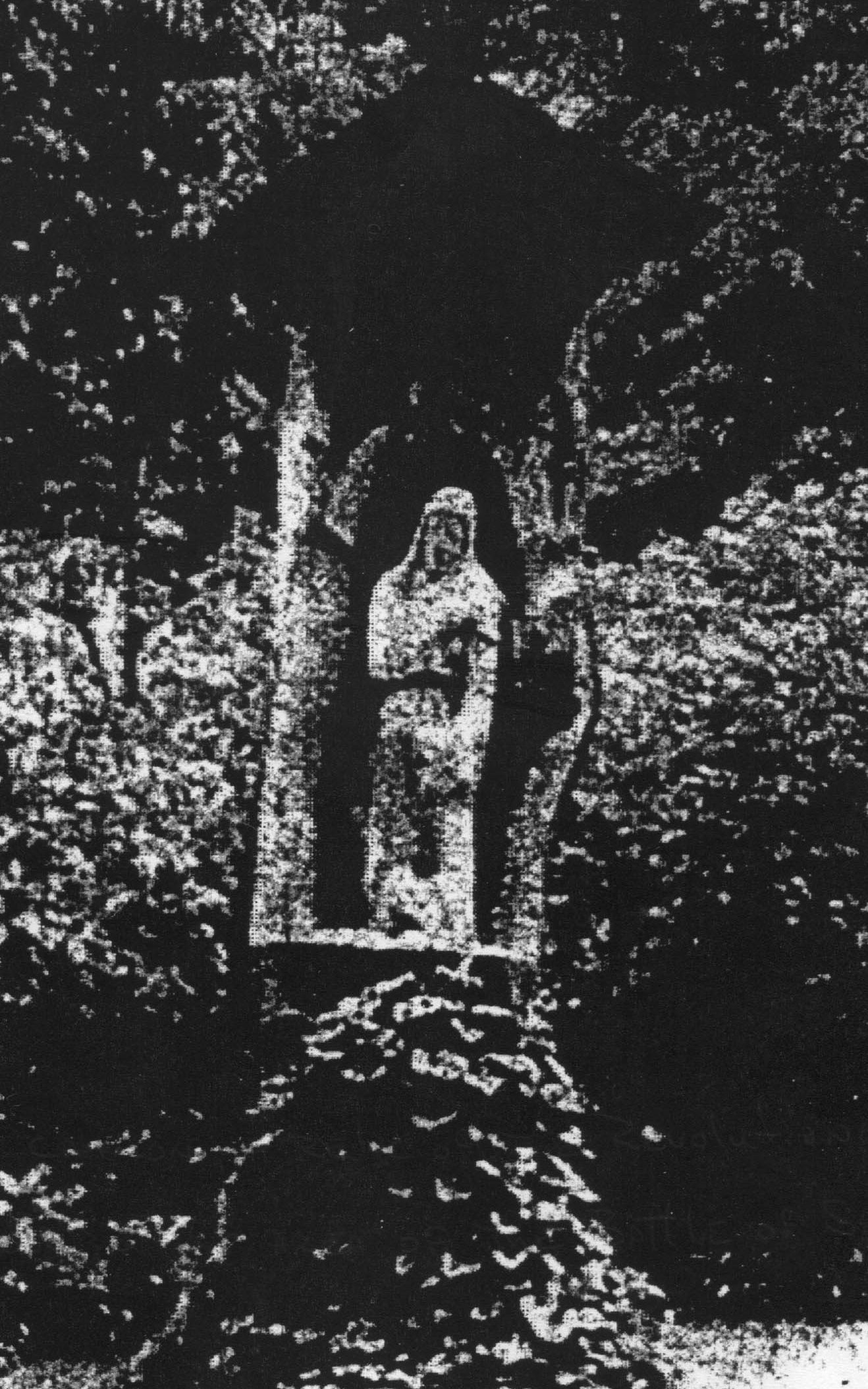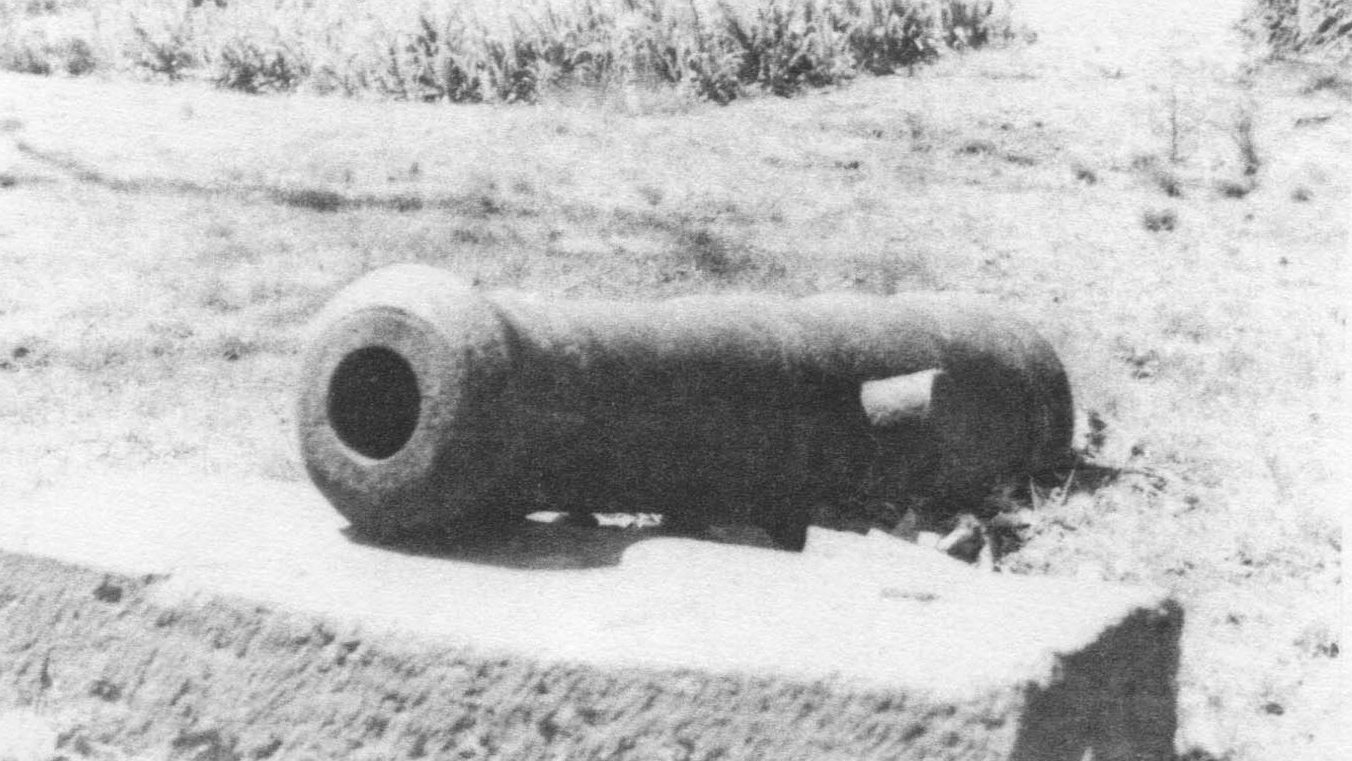
Didja Know? #3, Some More Bits of Rahway History
Submitted by Al Shipley, City Historian and Rahway Library Research Consultant
Proposed Sites for the New Rahway High School
By the 1930s, it was becoming apparent that a larger, more modern high school building was needed. The World War I “baby boomers” would soon be reaching their teens and the Campbell Street High School was inadequate. In 1938, three sites for a new school were brought before the Board of Education for consideration.
The first proposed site was the Shotwell Estate on the north-west corner of Elm Avenue and Esterbrook Avenue (presently the site of the Zion Lutheran Church and manse, their education building, and parking area). A second property under consideration was the north-west corner of St. Georges Avenue and Lake Avenue (presently the site of a gas station, Walgreen’s and a portion of the then undeveloped fields to the west toward Jefferson Avenue). The third site was a portion of the property owned by Ms. Clara Vanderhoven on Madison Avenue at the west end of Central Avenue, which became the eventual location.

Revolutionary War Relics Discovered
Relics from the Revolutionary War are occasionally found in Rahway as there was much action in the area especially in 1777 (see “Our Town” April 2014 issue). In 1922 a cannon ball was unearthed on the property of the Rahway Reformatory. British troops fled across this area as they retreated back to their Woodbridge encampments after the Battle of Spanktown. An officer’s sword was found during the 1916 remodeling of a Leesville Avenue home that dated back to Colonial times. In the 1930s, a cannon was discovered by a family behind their St. Georges Avenue property which was the area where the Spanktown battle was fought.
One Way Traffic eases Sunday Morning Jams
In the 1950s all of Rahway’s religious communities were thriving and most congregants were arriving at their places of worship by automobile. On Sunday mornings, the one-block span of Central Avenue between Esterbrook Avenue and Irving Street became so congested that a city ordinance was passed to make Central a one-way street during the service hours of St. Mary’s and Ebenezer A.M.E. Churches. Starting on Sunday, June 8, 1952, autos travelling between the hours of 7 a.m. and 2 p.m. could only traverse the one block in an easterly direction. After 2:00 p.m., Central reverted back to a two-way street. The ordinance was in effect until the 1970s when the volume of traffic decreased.
Statue carved from Tree
Standing four feet high, a statue of St. Francis of Assisi, carved from a huge tree stump, stood on the front lawn of the home at 688 West Lake Avenue. Andrew Saliga, the homeowner, carved the statue in the fall of 1947, three years after his large magnolia tree was blown down during the hurricane of 1944 (see “Our Town” August, 2023 issue). Saliga was a noted woodcarver with a studio in New York City, whose commissioned works could be found in many cities throughout the country.
Rahway Touted as Ideal Place for Airport
In his presentation to the Rahway Rotary Club in August 1927, Henry N. Haut of Bellanca Aircraft Corporation, and a former air pilot, promoted Rahway over Port Newark and Hackensack as a more ideal location for a commercial airport. The speaker cited two important factors that made Rahway the logical choice. It was his belief that Rahway was far enough away from any large body of water negating dangerous fog conditions, a bane of pilots. The accessibility to excellent train service was given as a second important asset.
Interest in the development of commercial airports grew in the 1920s. Many pilots and airplane mechanics returned home after World War I and many more who worked stateside in aircraft plants were enamored with flying machines. Plus, following the war, planes for these new enthusiasts became available at low prices as the government was selling off its fleet. Although Rahway never got its airfield, it was estimated that over 1,000 would dot the United States from coast to coast by the end of 1927.
Motorists take 17,586 Mile Trip
In November 1922, Mr. William Mays, accompanied by his wife and brother, set off on a seven-month tour of the United States that would cover a total of 17,586 miles. The trio began the journey going as far south as the tip of Florida before heading west to California. Crisscrossing across the country, they saw the Grand Canyon and visited many of America’s major cities. Their trip took them over three mountain ranges, the Rockies, the Sierras, and the Alleghenies, no easy feat in the 1920s. Upon returning in early May, 1923, Mrs. Mays told a reporter from The Rahway News, “It was almost too wonderful for expression.” The entire trip was made in Mr. Mays’ Chevrolet sedan which handled the excursion without a single breakdown.
Rahway gets Dial Telephones
In April 1949, the N. J. Bell Telephone Company began replacing local manual telephones with dial instruments for all “Rahway 7” subscribers. Over 9,500 phones would be switched to the new system enabling Rahway telephone users to dial calls direct to eight neighboring cities that were linked to the system. Callers would no longer need to go through an operator. The switch-over took place at midnight, Saturday, November 26 and according to N.J. Bell representatives and city officials, everything went “as smooth as silk.”
